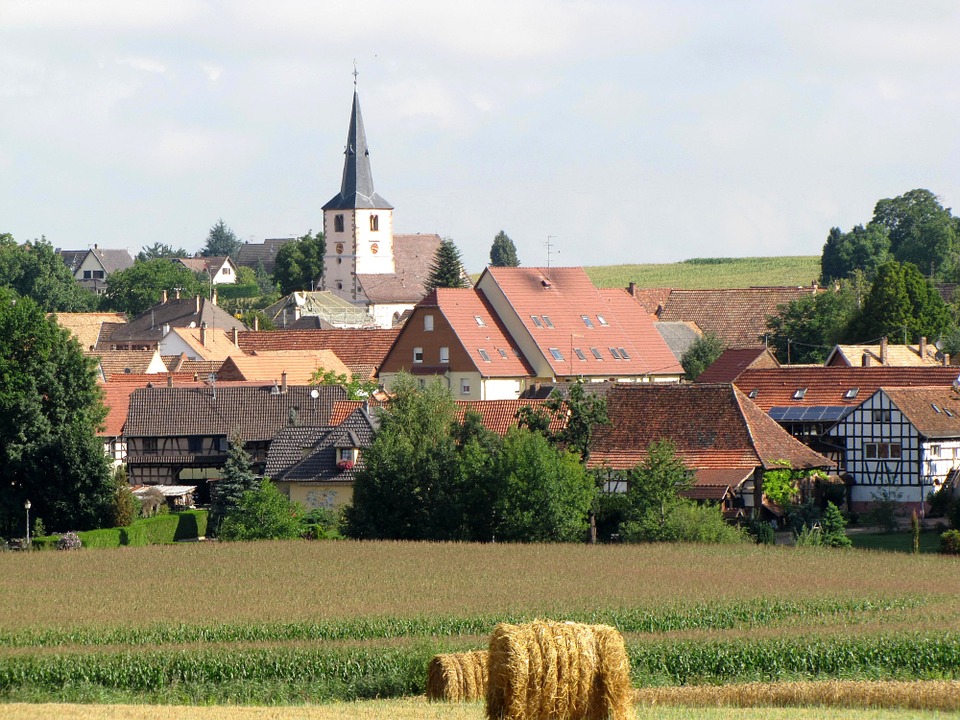Groundbreaking ‘moss’ study reveals new airborne metals death link
A groundbreaking study that used wild moss to estimate human exposure to air pollution has revealed, for the first time, that airborne metals caused by human activities such as transport and industry, and not those naturally occurring in the atmosphere, increase the risk of death for humans.
Although it is well-established that airborne particulate matter kills, it is still not known which specific particles are responsible for a higher risk of mortality – whether that be particles that are considered natural in the atmosphere or those that result from human activity.
For the study, which was published in the journal Environment International, researchers from the Barcelona Institute for Global Health (ISGlobal) analysed moss samples from all over France to measure the presence of 13 elements: aluminium, arsenic, calcium, cadmium, chromium, copper, iron, mercury, sodium, nickel, lead, vanadium and zinc.
The metals were then classified into two groups – those considered natural and from human activity.
They then mapped the exposure of 11,000 people living in rural France to the metals under study. The people are part of the Gazel cohort, who have been followed by scientists for various studies since the 1990s.
Bénédicte Jacquemin, ISGlobal and INSERM researcher and last author of the study said: ‘There have been very few studies on the health effects of airborne metal pollutants, partly because of technical limitations, such as the lack of stations measuring air pollution.
‘We thought that moss, because of its capacity to retain these metals, would be a useful tool for estimating the atmospheric metal exposure of people living in rural areas.’
The metals deemed to be of human activity origin were cadmium, copper, mercury, lead and zinc. While all of these metals are naturally present in the earth’s crust, their presence in the atmosphere is due to human activities, such as industry, transport and heating.
Between 1996 and 2017, there were 1313 deaths in the cohort, including 181 cardiovascular and 33 respiratory. Researchers believe that exposure to the metals caused by human activity was associated with an increased risk of natural-cause mortality death, while metals from natural sources were not.
‘There have been very few studies on the health effects of airborne metal pollutants, partly because of technical limitations, such as the lack of stations measuring air pollution. We thought that moss, because of its capacity to retain these metals, would be a useful tool for estimating the atmospheric metal exposure of people living in rural areas,’ added Bénédicte Jacquemin.
‘Our results indicate that the metals present in the airborne particulate matter could be a key component in the effects of air pollution on mortality.
‘It is important to bear in mind that the people we included in this study live in rural areas far from major urban and industrial centres and road networks. This means that they are very likely to be exposed to lower levels of air pollution than people living in urban environments, which gives us an idea of the seriousness of the health effects of air pollution, even at relatively low levels of exposure.
‘These findings support our hypothesis that moss bio-monitoring can be a good complementary technique for identifying the toxic components in suspended particulate matter.’







 Network
Network
